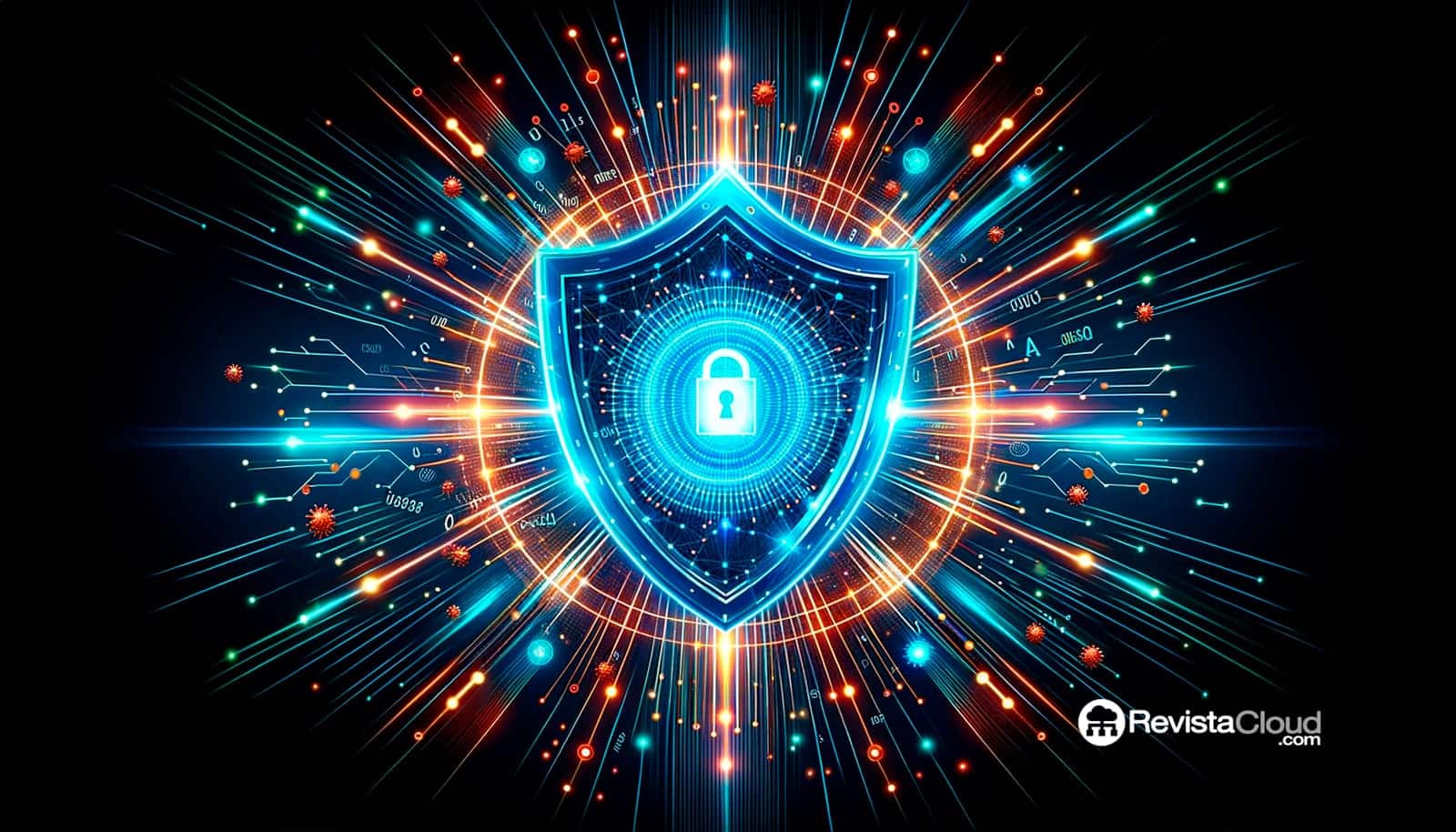Sure! Here’s the translation into American English:
In a world where cyber threats are evolving rapidly, businesses find themselves needing to adopt innovative strategies to protect their information and digital assets. In this context, sports offer a unique and powerful perspective that can be applied to the field of cybersecurityCybersecurity solutions are essential in the digital age…. Just like in a sporting competition, cybersecurity in businesses requires well-defined strategies, teamwork, and the ability to quickly adapt to changes in the environment.
This article explores how practices and approaches from sports can help strengthen cybersecurity within organizations.
Strategy and Planning: The Game Starts Before the Match
In any professional sport, a match begins long before the first minute of play. Coaches study their opponents, identify strengths and weaknesses, and design tactics to maximize their chances of success. Similarly, in business cybersecurity, planning is fundamental. Companies must understand their infrastructure and vulnerabilities, as well as common attack patterns in their industry, to develop an effective defense plan.
In cybersecurity, this phase involves conducting regular risk and vulnerability assessments. It’s about anticipating potential attacks and determining which data or systems are most susceptible to becoming targets. Just like a coach devises different strategies for each opponent, companies must adapt their security measures to emerging threats and changes in their own digital ecosystem.
Teamwork: Everyone Should Know Their Role
In any sports team, coordination and teamwork are essential. Each member has a specific role and responsibility within the group, and success depends on everyone executing their tasks precisely. In a company, cybersecurity should not fall solely on the technology team. All employees play a key role in protecting the organization’s data and systems.
One good practice is regular mandatory cybersecurity training for all levels of the company, from management to temporary employees. This training should cover recognizing phishing emails, password management, and securely handling sensitive information. Additionally, creating a strong cybersecurity culture—where every employee is motivated to follow security protocols—is essential for everyone to contribute to the “team effort” of digital protection.
Adaptability: Responding Quickly to the Unexpected
In a soccer match, it’s common for a team to change tactics if the opponent alters their game plan or if the score turns unfavorable. The ability to quickly adapt to unforeseen situations is vital, and this is also true in cybersecurity. Cyber attacks can vary from one day to the next, and a static strategy will not be effective in an ever-changing environment.
Companies need systems that allow them to monitor and respond to incidents in real-time. This involves implementing advanced threat detection tools, such as network traffic analysis, and establishing an incident response team that can act quickly. In this way, just as a sports team adjusts its strategy during the match, a company can detect and mitigate threats before they cause significant harm.
Resilience: Learning From Every Attack as if It Were a Defeat
In sports, resilience is an essential quality. Even the most successful teams experience losses, and the key to growth is learning from those difficult moments. In cybersecurity, successful attacks—though undesirable—can be opportunities for learning. By analyzing incidents after they occur, companies can uncover weaknesses in their defenses, better understand the attackers’ tactics, and strengthen their security measures.
Post-incident analyses are a fundamental tool for cybersecurity. These exercises, known as “post-mortems,” allow companies to examine every step of an attack and improve their defenses to prevent similar vulnerabilities in the future. Just as a team reviews its mistakes to avoid repeating them, companies should leverage every security incident to strengthen their systems.
Constant Innovation: Staying Ahead in the “Competition”
In sports, successful teams often innovate and seek new ways to improve their performance. In cybersecurity, this same mindset is crucial. Threats are constantly evolving, and security solutions must keep pace. This involves investing in emerging technologies, such as artificial intelligence for threat detection or blockchain for data protection. Additionally, collaborating with other businesses in information-sharing networks about cyber threats allows companies to stay a step ahead of potential attackers.
Businesses can learn from the innovative approach that characterizes top sports teams, adopting a proactive rather than reactive mindset. This willingness to experiment and embrace new technologies contributes to the preparedness and robustness of cybersecurity.
Motivation and Culture: A Team Focused on Winning
Motivation and a winning culture are essential in sports, and the same applies to cybersecurity. Creating a safety culture within the company, where all employees feel committed and responsible, is key to achieving a strong defense. Incentives, such as recognition or rewards, can encourage employees to actively participate in cybersecurity initiatives.
In many successful organizations, cybersecurity programs are structured not just as a set of rules but as a shared culture that values data protection. In this way, cybersecurity becomes a fundamental part of the company’s DNA, just as the commitment to win is for a sports team.
Conclusion
Cybersecurity in businesses can greatly benefit from an approach inspired by sports. From strategy and teamwork to resilience and innovation, the parallels between the two worlds provide a useful guide to developing robust and adaptive security systems. In a digital environment where threats are constantly evolving, adopting these sports principles can not only strengthen a company’s defenses but also foster a security culture that engages all employees. Cybersecurity, like sports, requires preparation, agility, and a team mindset that motivates everyone to protect data as a shared asset.

